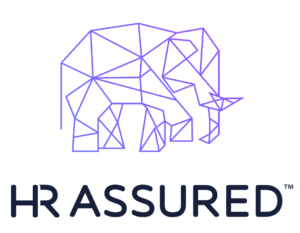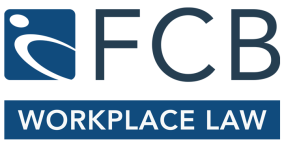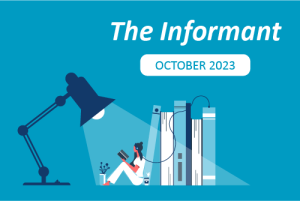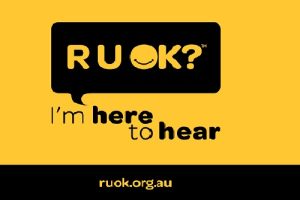Modern slavery in a modern Australia
July 1, 2021Modern slavery takes many forms, from human trafficking and forced labour to debt bondage and servitude. It is estimated that there are approximately 40 million victims of modern slavery around the world,[1] and while most occurrences of modern slavery occur outside our borders, it is believed that there were over 1,500 victims in Australia between 2015 and 2017.[2]
Australia has many laws prohibiting slavery, including criminal legislation and the minimum workplace protections of the Fair Work Act 2009 (Cth). But since 1 January 2019, the Modern Slavery Act 2018 (Cth) (Act) has imposed additional obligations on certain entities to publicly report on the modern slavery risks in their organisations and supply chains.
What is modern slavery?
Modern slavery is more than sub-standard working conditions such as unpaid entitlements or poor work health and safety practices, although such things are unlawful in themselves. Modern slavery includes a range of exploitative behaviours which are often coercive and/or violent and removes a person’s liberty. This includes:
- Trafficking: the recruitment and movement of people, often across borders, for slavery purposes.
- Servitude/forced labour: where the person is not free to stop working or leave their place of work.
- Debt bondage/bonded labour: where the person’s services are pledged to repay a debt, and the debt is excessive, or the repayment of the debt is unreasonably low/indefinite.
- The worst forms of child labour: where children are exploited through slavery practices.
Other than being immoral and unlawful, modern slavery can be economically damaging as it disrupts global markets and undercuts responsible business practices. Modern slavery in an organisation’s direct operations or its supply chain presents substantial reputational and legal risks, undermines customer/client confidence, can damage existing commercial relationships, and makes it more difficult to forge new ones.
Obligations under the Modern Slavery Act
The Act requires all businesses with a consolidated revenue of at least $100 million in a financial year to engage in the mandatory reporting processes under the Act, if that business is an Australian entity or carries on business in Australia.
These entities must produce a modern slavery statement to the Australian Border Force (previously the Department for Home Affairs) for each financial year recognised by the entity following the commencing of the Act, which covers seven key content requirements:
- The identity of the reporting entity.
- The structure, operations and supply chains of the reporting entity.
- The risks of modern slavery practices in the operations and supply chains of the reporting entity, and any entities that the reporting entity owns or controls.
- The actions that were taken by the reporting entity and any entity that the reporting entity owns or controls, to assess and address those risks (including due diligence and remediation processes).
- How the reporting entity assesses the effectiveness of such actions.
- The process of consultation with any entities the reporting entity owns or controls or is issuing a joint modern slavery statement with.
- Any other information that the reporting entity, or the entity giving the statement, considers relevant.
These statements are then made available online, publicly accessible in a centralised and free register. The purpose of these statements is to raise awareness of modern slavery practices, force large businesses to consider their role in and impact on reducing slavery and, encourage constant improvement and leadership from Australian entities in the domestic and global markets.
Commonwealth entities, including the Government, are also required to comply with this mandatory reporting requirement, and there is a mechanism for providing voluntary reports for any other business that wishes to contribute to the scheme.
When do entities need to report?
A modern slavery statement must be submitted within six months of the end of the relevant ‘reporting period’, which is an entity’s financial year. The statement must only relate to events and actions which fell within the reporting period.
The obligation to submit a modern slavery statement applied for the first full financial year after 1 January 2019. For entities with a July to June financial year, the deadline has already passed, but entities with a January to December financial year must submit their first statement (for the 2020 calendar year) by 30 June 2021.
This annual reporting requirement encourages continuous reflection and improvement over time.
Identifying and assessing risk
To prepare a modern slavery statement, an entity must consider its potential to cause, contribute to, or be directly linked to modern slavery through its operations and supply chains. It must identify the risks in its supply chains through geographical, industry and cultural factors, and determine what steps it can take to minimise those risks from eventuating. This must include consideration of due diligence for identifying, preventing and accounting for risk, as well as processes for remedying situations where the entity is found to have caused or contributed to modern slavery.
While the majority of Australian businesses would be confident in believing they do not engage in or directly cause modern slavery practices, this exercise is about recognising the potential for such acts across the entire supply chain. For example, setting unrealistic cost targets that can only be met by using exploited labour, or engaging with a foreign supplier that is rumoured to work with an entity that engages in child exploitation.
Businesses should consider what actions they can take to minimise the risk of modern slavery in their operations or supply chain. Some examples include:
- Performing due diligence on entities before establishing relationships with them.
- Using your commercial leverage to keep your supply chain accountable.
- Prioritise and value responsible business conduct.
- Establish reporting structures and hotlines.
- Determine reasonable commercial expectations, and investigate any tenders/offers which appear to be infeasibly low before accepting them.
The COVID-19 pandemic has increased the risk of modern slavery practices, from the reduced visibility over the activities of other organisations, to greater worker vulnerability, to unexpected supply/demand impacts requiring the hasty formation of new relationships and supply chains. This should be taken into account when preparing the modern slavery statements.
With all statements made accessible to the public, we encourage all businesses to seek legal advice before submitting their modern slavery statements to ensure that all of the requirements of the Act have been satisfied.
For more information on modern slavery and the reporting obligations under the Modern Slavery Act, contact Ceri Hohner, Senior Associate, on 07 3046 2100.
[1] ‘Global Estimates of Modern Slavery: Forced Labour and Forced Marriage’ (2017), International Labour Organization and Walk Free Foundation.
[2] ‘Estimating the dark figure of human trafficking and slavery victimisation in Australia’ (2019), S Lyneham, C Dowling and S Bricknell (Australian Institute of Criminology).

























